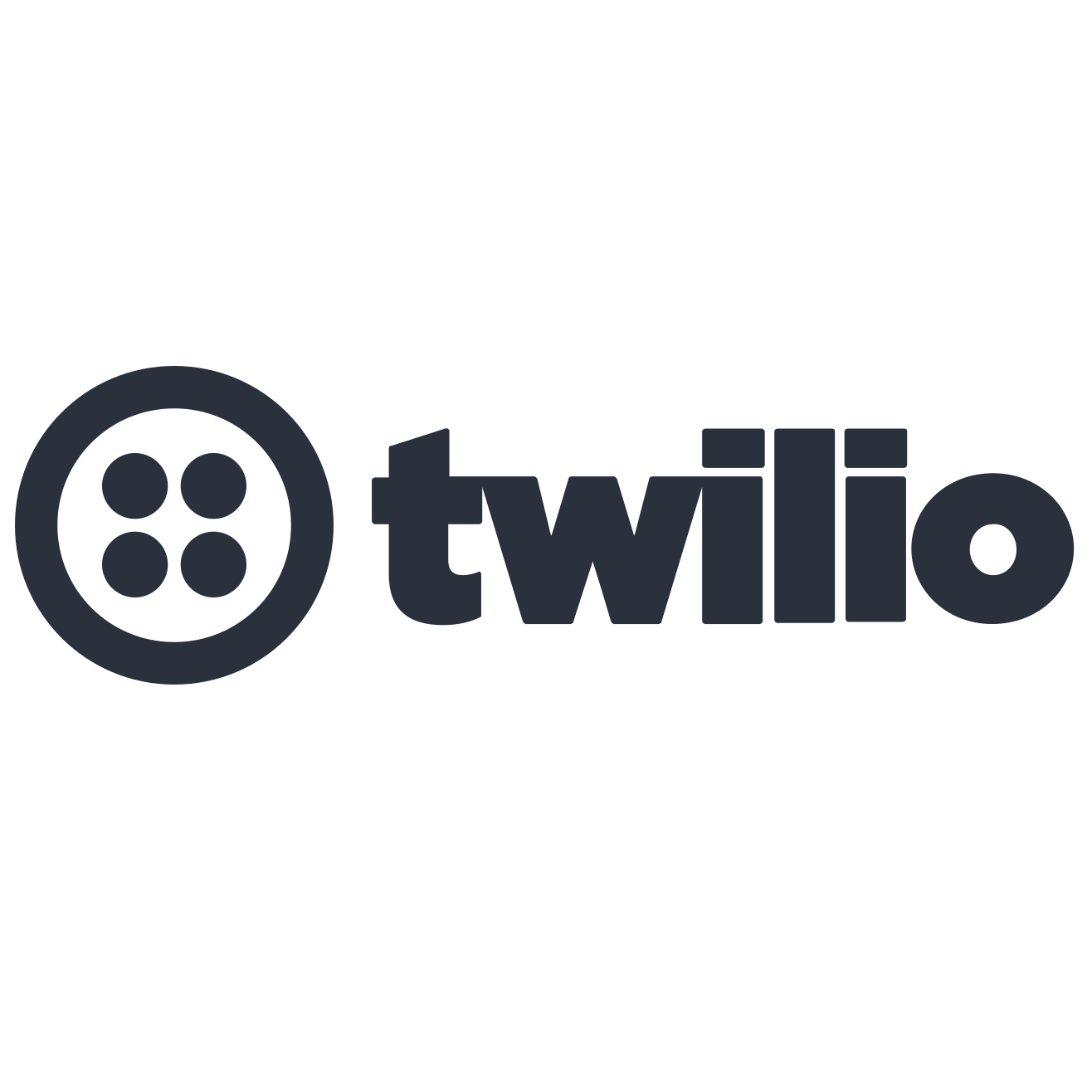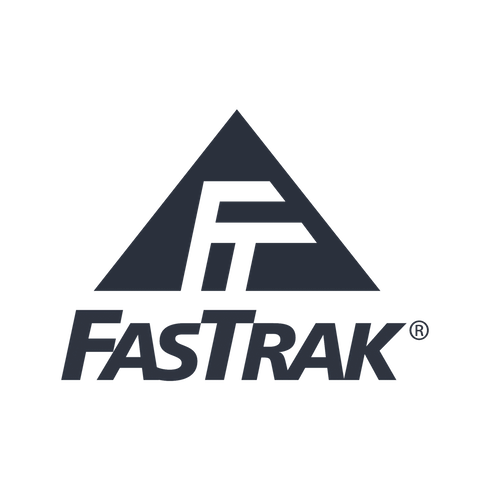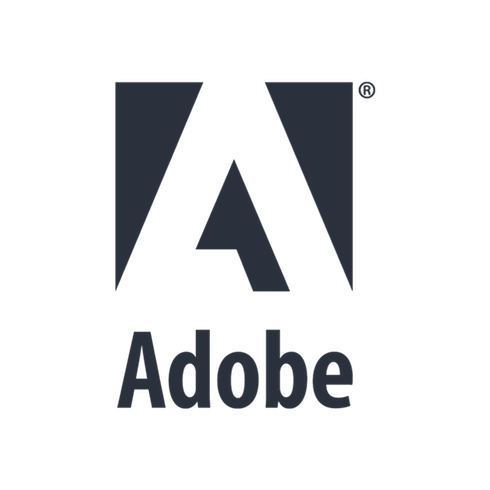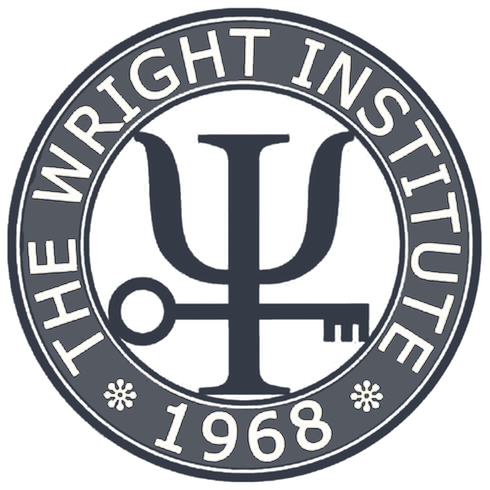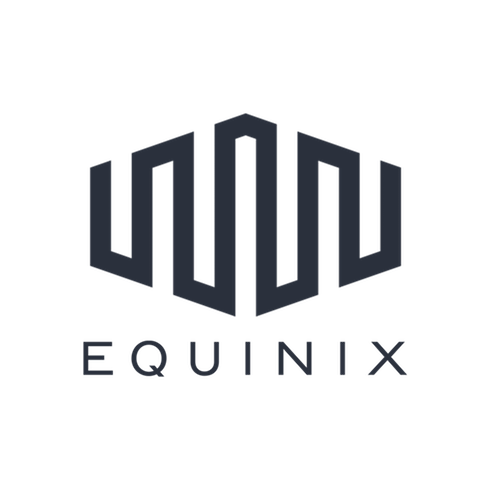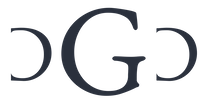Alejandro de Gutierre
Product Designer
Tenacious, customer-obsessed problem solver with tireless positivity and deep empathy.
Over fourteen years, I charted a course from software testing, to product management, to design—for clients including Microsoft, RealNetworks, SiriusXM, Adobe, Equinix, and Twilio.
I am a writer, working on a novel and short story collection.
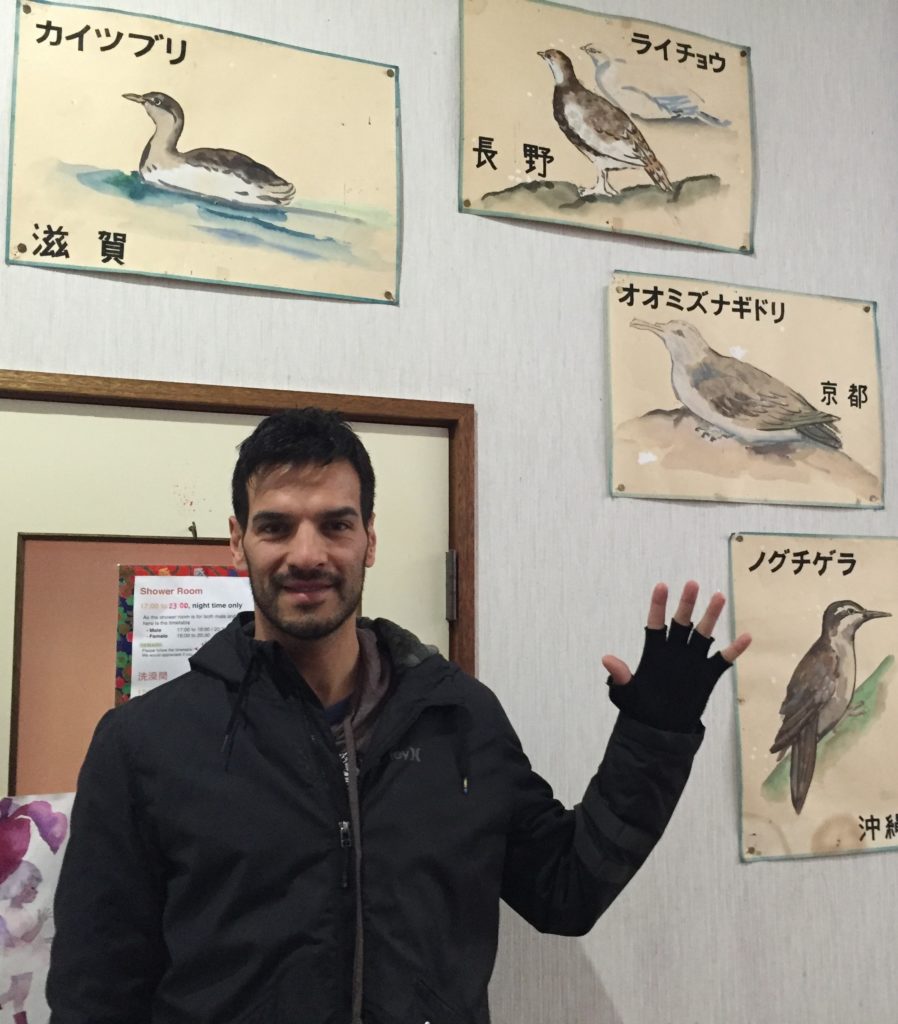
Systems Design
My first job in tech was as a Software Test Engineer – at Microsoft. This was a rigorous role which required me to modularize a given piece of software, and break it down to its most fundamental components in order to develop a strategy for finding issues.
That way of thinking has stayed with me every step of the way. Understanding a problem requires understanding a system’s building blocks, and designing solutions to me means designing frameworks…
Mobile/Web Products
Before joining Visa as a designer, I was actually a Product Manager on a number of teams. Understanding the development cycle, team makeups, project management disciplines, budgets, and life cycles of products has informed my design strategy every step of the way.
With deep familiarity of how the products I design actually get built, I am able to anticipate design challenges before they emerge, and implement strategies and systems for my teams to sail past road blocks.
Integrity & Ownership (Philosophy)
I have cultivated an approach to life that involves dedication to mastery and self-discipline. How you do one thing is how you do all things. I pursue excellence in design, in writing, and in fitness. From my colleagues, I invite thorough critical review, and I insist on mutually respectful disagreement on approaches to solving design problems.
In my personal life, I write every day with meticulous care for the craft of storytelling, and I train my body with relentless intensity, always “demanding more from myself than anyone else can possibly expect.” (– Tony Robbins)
My Principles
Listen First
Always start with conversation. this can be a synchronous conversation, such as reading tweets or reviewing support tickets. this can just as easily be face-to-face conversations with customers, or reviewing recorded conversations between support staff and customers.
Starting with conversation –with an emphasis on listening – at least guarantees the opportunity to avoid building the wrong thing.
Clarify and validate
After identifying a customer problem or problems, it is essential to take the time to clarify the problem, write it down, frame it in terms of a living person who needs to do something, and is unable to when they try to perform a specific task.
If you like, you can think of this as a sort of overarching user story, one that will define the scope and strategy of problem solving.
Go big, go broad
Silence the inner critic and ask, What if? This is a time to tap the well of creativity. Let go of constraints and be the author of the unknown.
Identify patterns
Where do concepts overlap? Which ones seem to answer the most pressing customer questions? Which ones seem technically feasible, which pose the least risk? This is a time to converge on promising candidates.
Seek progress over perfection
Ryan Holiday’s maxim will prove timeless. Incremental success beats endless stalling in pursuit of perfection. Value—to customers and businesses alike—stems more from consistency than it does from a single spectacle or event, no matter how impressive.
Widen the circle
As concepts evolve into wireframes, and prototypes evolve into test candidates, solicit an ever-widening circle of feedback, both internal and external. Start small and gather trusted opinions, but along the way, invite critique from increasingly diverse stakeholders, such as design system managers, engineers, and researchers.
Discover the lovable core
Winnow away tertiary, even secondary aspects of a design, to reveal the most essential solutions to key customer problems.
Past Teams & Clients
